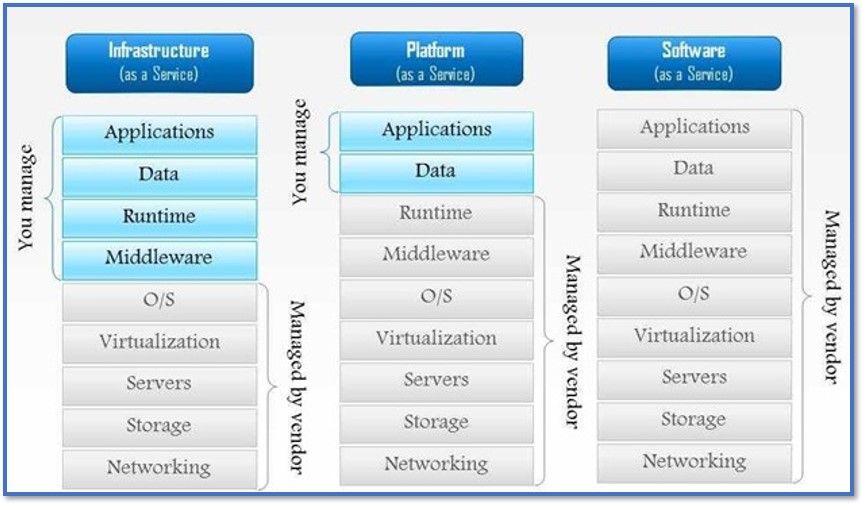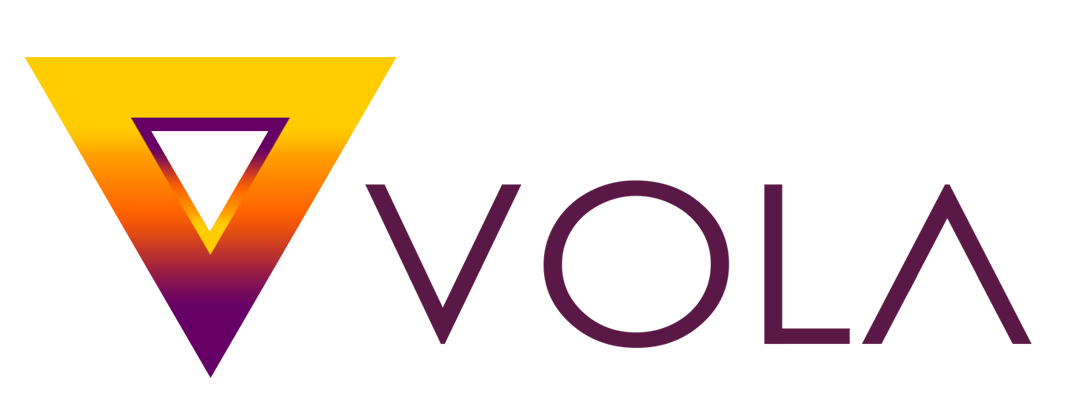The rise of cloud computing has made healthcare software more available and ultimately more affordable. By implementing SaaS, PaaS, and IaaS healthcare professionals can access custom-built applications in a matter of hours rather than weeks or months. They can also use on-demand hosted business applications like CRM and patient relationship management. These benefits can be helpful for small and mid-sized practices. Today, we’ll discuss SaaS, PaaS, and IaaS, explain their differences, and help you decided which is best for your practice or organization.
Let’s start with the basics: companies and technology developers and providers such as VOLA, typically offer three difference service models for healthcare technology:
-
software as a service (SaaS)
-
platform as a service (PaaS)
-
infrastructure as a service (IaaS)
All of these consist of web-based technology. These models can act as a single layer technology or have layers (stack) that work together, with each service model providing different levels of technology, applications and control. These services will deliver fundamental technology resources for your healthcare organization such as processing data, storage of data, developing and implementing ready-to-use applications, amongst many other features.
PaaS, SaaS, or Iaas: which one is right for your organization?
Let’s take a closer look at each service.
SaaS:
- The most basic of the computing capabilities, which typically consists of user accessing data through a central web portal
- SaaS is typically best for small healthcare organizations with small or no IT departments. This is because the maintenance and upkeep is part of the SaaS provider’s offerings.
- SaaS solutions are commonly used for technology functions such as EHR, patient intake and follow-ups, and Health data exchange.
One difference between SaaS and the other service models is the amount of control your organization has over the applications. SaaS requires less development because the applications have already been developed which allows the organization to save costs in staff, time, and hardware for their healthcare technology implementation and maintenance.
SaaS trends to be the most popular for small to mid-size healthcare organizations, and is growing at a rate of 20% per year!
PaaS:
- PaaS consists of healthcare providers coding and deploying applications internally
- PaaS services allow the user to access the data through custom applications instead of a web browser
- PaaS deployments only require the organization to develop new applications and provide data – the rest of the infrastructure is delivered as a service, giving organizations more control over their environment versus a SaaS model
- PaaS allows your organization to develop and manage applications or other software without needing to maintain a typical infrastructure for creating and launching the software
The only real difference between the PaaS and SaaS models is the development and control of the custom applications. The overall management, maintenance, and data storage are still provided by the service providers in a PaaS model.
IaaS:
- IaaS is the full technology package, which offers on-demand technology and computing with large storage and network capabilities.
- IaaS offers the most options with applications, data, and customized operating systems (OS)
- IaaS is highly automated, streamlined, and standardized
- IaaS models typically require large IT staffs and obviously is the most expensive model to implement and maintain
The image below provides a visual overview of the typical models.

Deciding on your healthcare technology needs:
Healthcare software is the lifeblood of any modern organization. Deciding and implementing the correct service model can directly contribute to your organization’s success. In addition to providing essential care, healthcare organizations also need to maintain a database to keep track of patient information. In this day and age, this is one of the main reasons for the rising popularity of SaaS. With SaaS, these services will provide you with the infrastructure you need to stay up and running.
Software solutions for a healthcare system are crucial components for successful management a clinic, lab, or pharmacy. As a healthcare provider if you want your practice to become more efficient and save money, a software platform tailored to your needs is the right solution. You can evaluate software solutions by conducting consultations with software vendors who offer a full range of innovative software solutions for healthcare systems, such as VOLA Connected Health. VOLA will provide you with information on how a software system will work in your practice and what you need to consider. A good vendor will be able to give you an in-depth consultation to answer these questions. When you take this step, you can be confident that your practice will be well-organized, save money, and become more user-friendly.
Interested in a demo to see our platform can be optimized for your organization? Schedule a demo with the VOLA team today! Contact Us.
About VOLA
Our mission is to support the rapidly growing digital transformation of the healthcare industry. We do this by equipping medical offices and telehealth providers with customizable and affordable technology. One of our key differentiators is our ability to connect laboratory tests into the workflow of telehealth services. Additionally, we have a dedicated SaaS product line to support laboratories and laboratory marketing organizations.

